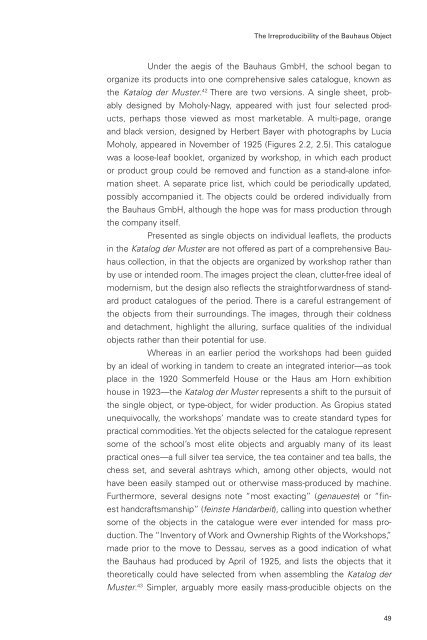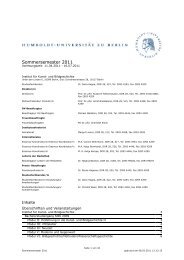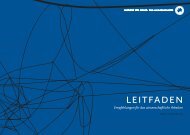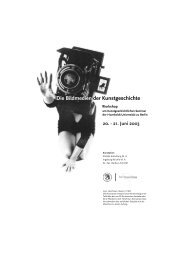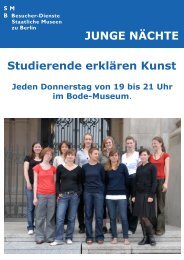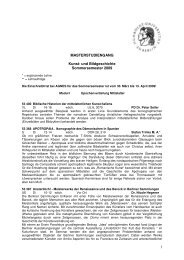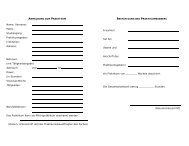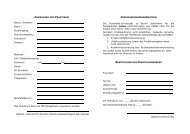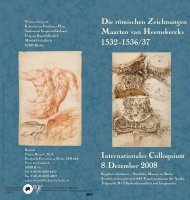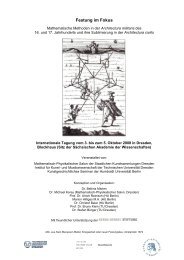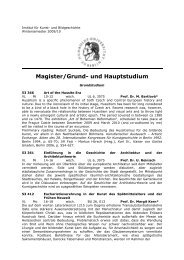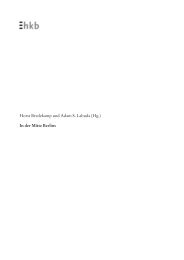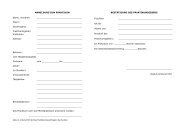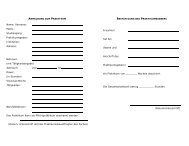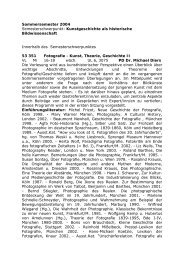Bauhaus Construct - Institut für Kunst
Bauhaus Construct - Institut für Kunst
Bauhaus Construct - Institut für Kunst
You also want an ePaper? Increase the reach of your titles
YUMPU automatically turns print PDFs into web optimized ePapers that Google loves.
The Irreproducibility of the <strong>Bauhaus</strong> Object<br />
Under the aegis of the <strong>Bauhaus</strong> GmbH, the school began to<br />
organize its products into one comprehensive sales catalogue, known as<br />
the Katalog der Muster. 42 There are two versions. A single sheet, probably<br />
designed by Moholy-Nagy, appeared with just four selected products,<br />
perhaps those viewed as most marketable. A multi-page, orange<br />
and black version, designed by Herbert Bayer with photographs by Lucia<br />
Moholy, appeared in November of 1925 (Figures 2.2, 2.5). This catalogue<br />
was a loose-leaf booklet, organized by workshop, in which each product<br />
or product group could be removed and function as a stand-alone information<br />
sheet. A separate price list, which could be periodically updated,<br />
possibly accompanied it. The objects could be ordered individually from<br />
the <strong>Bauhaus</strong> GmbH, although the hope was for mass production through<br />
the company itself.<br />
Presented as single objects on individual leaflets, the products<br />
in the Katalog der Muster are not offered as part of a comprehensive <strong>Bauhaus</strong><br />
collection, in that the objects are organized by workshop rather than<br />
by use or intended room. The images project the clean, clutter-free ideal of<br />
modernism, but the design also reflects the straightforwardness of standard<br />
product catalogues of the period. There is a careful estrangement of<br />
the objects from their surroundings. The images, through their coldness<br />
and detachment, highlight the alluring, surface qualities of the individual<br />
objects rather than their potential for use.<br />
Whereas in an earlier period the workshops had been guided<br />
by an ideal of working in tandem to create an integrated interior—as took<br />
place in the 1920 Sommerfeld House or the Haus am Horn exhibition<br />
house in 1923—the Katalog der Muster represents a shift to the pursuit of<br />
the single object, or type-object, for wider production. As Gropius stated<br />
unequivocally, the workshops’ mandate was to create standard types for<br />
practical commodities. Yet the objects selected for the catalogue represent<br />
some of the school’s most elite objects and arguably many of its least<br />
practical ones—a full silver tea service, the tea container and tea balls, the<br />
chess set, and several ashtrays which, among other objects, would not<br />
have been easily stamped out or otherwise mass-produced by machine.<br />
Furthermore, several designs note “most exacting” (genaueste) or “finest<br />
handcraftsmanship” (feinste Handarbeit), calling into question whether<br />
some of the objects in the catalogue were ever intended for mass production.<br />
The “Inventory of Work and Ownership Rights of the Workshops,”<br />
made prior to the move to Dessau, serves as a good indication of what<br />
the <strong>Bauhaus</strong> had produced by April of 1925, and lists the objects that it<br />
theoretically could have selected from when assembling the Katalog der<br />
Muster. 43 Simpler, arguably more easily mass-producible objects on the<br />
49


